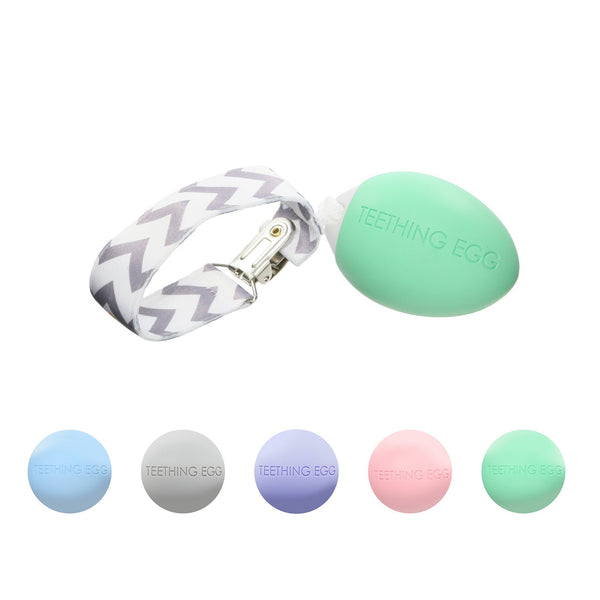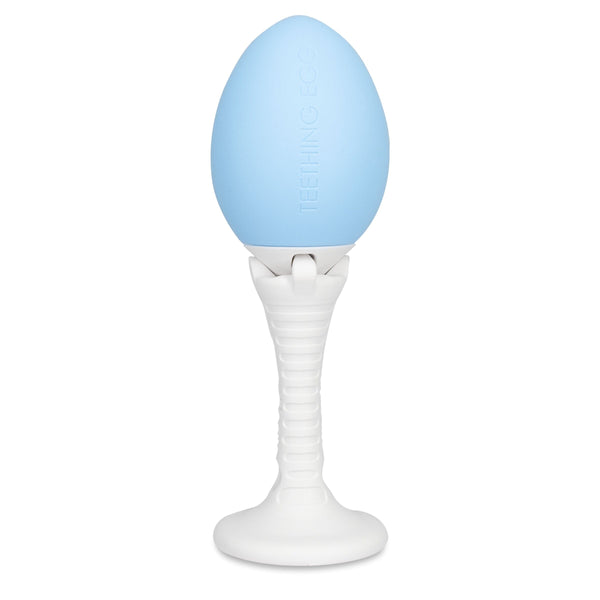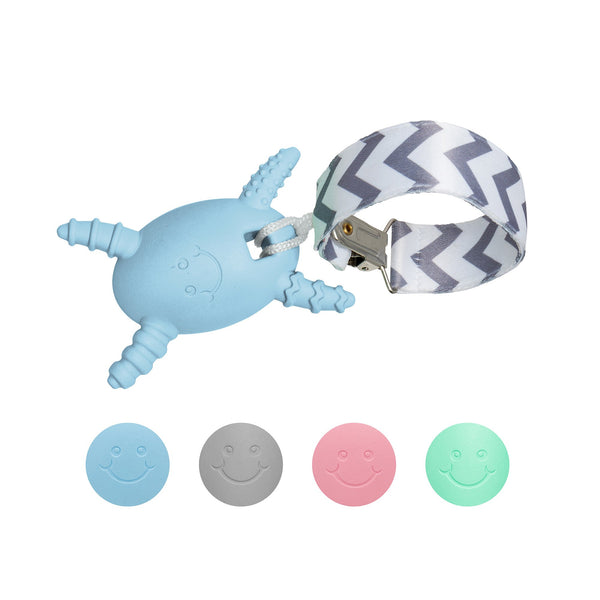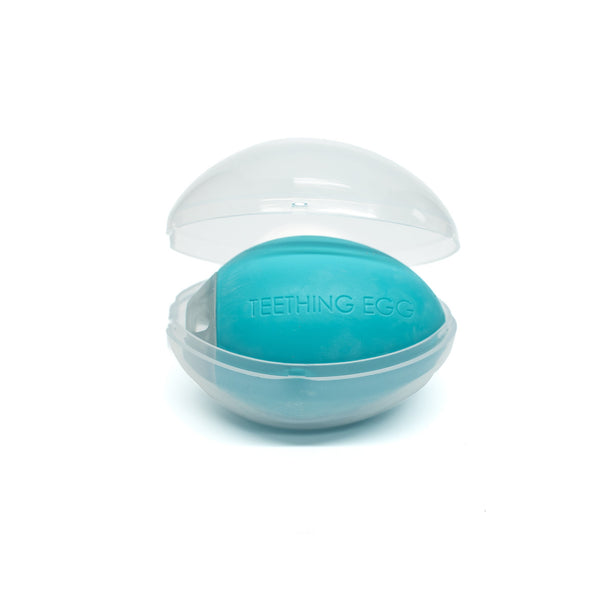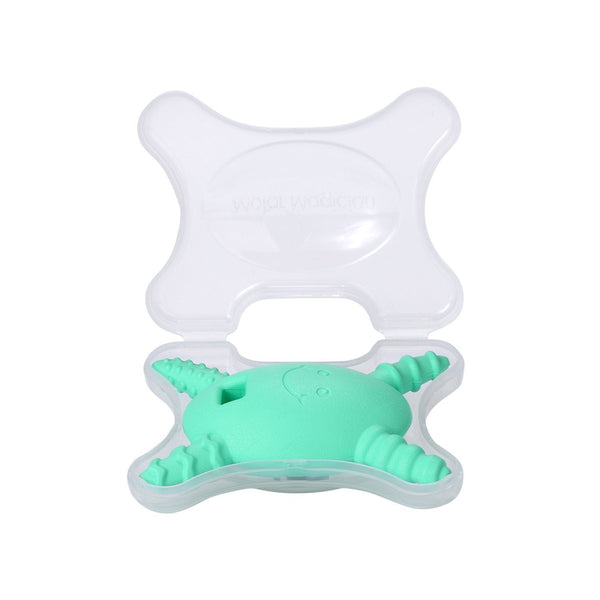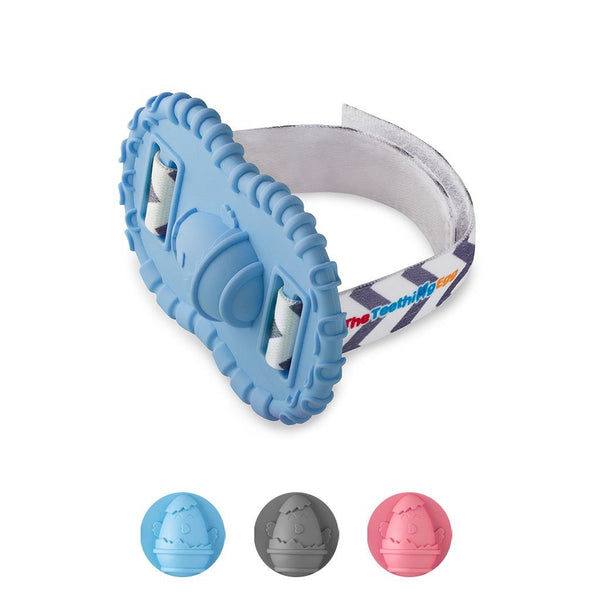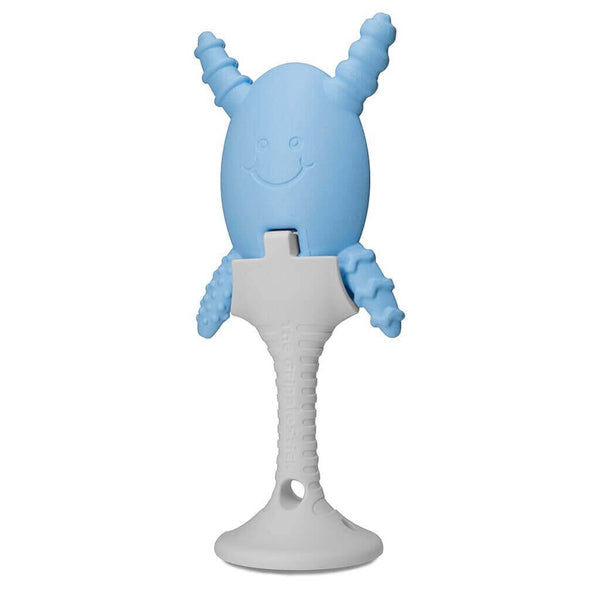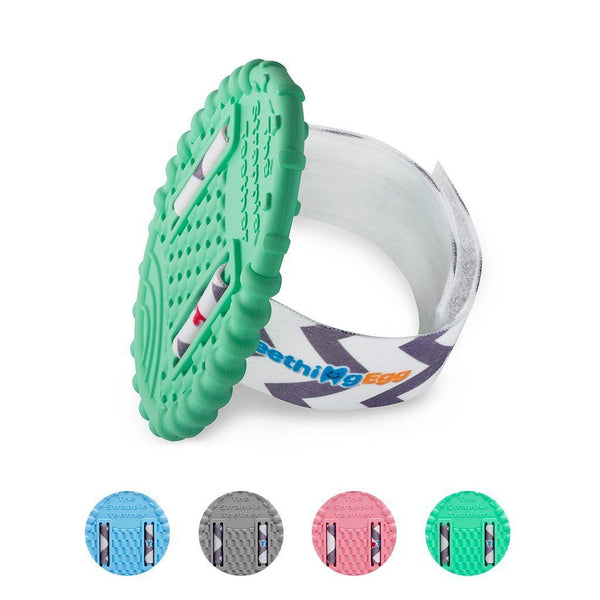Bottle feeding offers parents an alternative to breastfeeding, allowing them to nourish their babies with formula or pumped breast milk. There are various reasons why parents might opt for bottle feeding, and understanding the basics, benefits, and transition from breastfeeding is essential for a smooth experience. This comprehensive guide will explore the nuances of bottle feeding, covering reasons for choosing it, when to start, essentials, tips for effective bottle feeding, benefits, transitioning to formula, supplementing breast milk with formula, and weaning from breastfeeding.
Reasons for Choosing Bottle Feeding:
Parents may choose bottle feeding over breastfeeding due to various reasons including:
- Medical Reasons: Some mothers may have health conditions or medications that make breastfeeding challenging or unsafe for the baby.
- Personal Choice: Parental preference or lifestyle may lead to choosing bottle feeding. Some parents prefer the flexibility and ease of bottle feeding.
- Work Constraints: For working parents, bottle feeding provides a way to ensure the baby gets proper nutrition while the parent is away.
- Lack of Milk Production:Sometimes mother’s struggle with producing enough milk to meet a growing baby’s dietary requirements. Oftentimes when this happens, the most convenient option left for parent’s is bottle feeding a baby formula.
When to Start Bottle Feeding:
Introducing a bottle to a breastfed baby can be initiated around 4-6 weeks when breastfeeding is well-established. However, every baby is different, so it's essential to observe their readiness and consult a pediatrician for guidance.
Bottle Feeding Basics:
Essential items for bottle feeding include bottles, nipples suitable for the baby's age, formula or expressed breast milk, bottle brush, sterilizer, and warm water for formula preparation.
What Parents Need to Know:
Parents should learn proper sterilization techniques, safe formula preparation, suitable feeding positions, paced feeding to mimic breastfeeding, and cues indicating hunger or fullness in the baby.
Tips for Effective Bottle Feeding:
- Hold the baby in a semi-upright position to prevent ear infections.
- Mimic breastfeeding by using slow-flow nipples and allowing breaks during feeding.
- Respond to hunger cues promptly to avoid excessive crying or agitation.
- Burp the baby after every few ounces to prevent discomfort from gas.
Benefits of Bottle Feeding:
- Shared Feeding Responsibilities: Allows both parents to participate in feeding.
- Flexibility: Offers freedom and convenience for parents.
- Monitoring Intake: Easier to track the baby's intake of milk or formula.
First Steps to Formula Feeding:
For parents choosing formula, consult a pediatrician to select an appropriate formula. Follow precise instructions for formula preparation, ensuring bottles and nipples are clean and sterilized before use.
Supplementing Breastfeeding with Formula:
It is possible to supplement breast milk with formula. However, it's crucial to maintain a consistent breastfeeding schedule to prevent a decrease in milk supply. Introduce formula gradually and monitor the baby's response.
Weaning from Breastfeeding to Bottle Feeding:
Gradual weaning involves slowly replacing breastfeeding sessions with bottle feeds. Start by replacing one feeding session per day with a bottle feed, gradually increasing bottle feeds until fully transitioned.
Bottle feeding offers a viable alternative to breastfeeding, providing flexibility and ensuring proper nutrition for babies. Understanding the reasons, basics, tips, and benefits of bottle feeding, as well as the transition from breastfeeding, is essential for a smooth and successful experience. Parents should consult healthcare professionals for guidance and support throughout this feeding journey, ensuring the baby's health and well-being.
